You probably know that Costa Rica has two distinct seasons, dry season and rainy season. But what is rainy season really like? After living in Costa Rica for almost a decade, we can say that rainy season is our favorite time of year. Everything is lush and green, it’s cooler, and less busy. If you’re visiting during these wetter months, you can still have an amazing time with some careful planning. In this post, we’ll let you know what to expect for weather during the rainy season in Costa Rica.
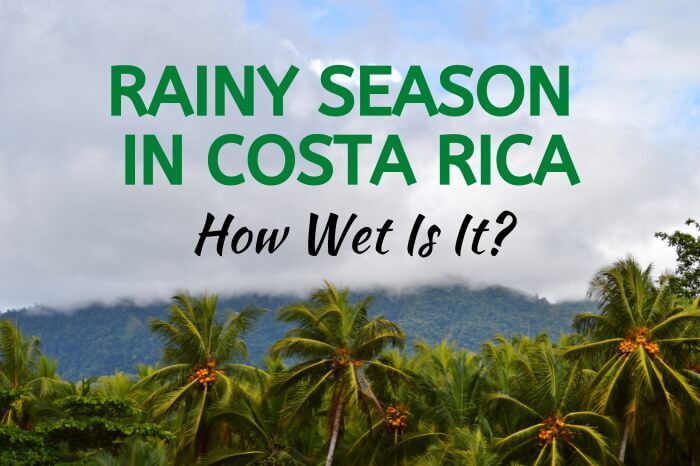
Background
Costa Rica may be a small country, but it has over 30 microclimates. This means that the weather varies a lot. You can be in one town in a heavy rainstorm, then drive 20 minutes and be under clear blue skies.
Costa Rica is in the tropics, so temperatures remain pleasant year-round. The climate and topography varies a lot, though, which can make for very different weather in different regions.
The country is divided by towering mountains, which separate the Pacific and Caribbean slopes. In this mixed topography, you can find cool cloud forest, steamy rainforest, arid tropical dry forest, humid mangrove, and many more ecosystems.
Below, we will give general information on the typical rainy season weather patterns. Keep in mind that it can be hard to make generalizations, as some areas differ from the general trends.
Note: We are talking here primarily about the Pacific coast and Pacific slope (inland areas with weather dominated by the Pacific Ocean). The weather on the Caribbean coast and Caribbean slope is a lot different. We’ll cover that in a separate section below.
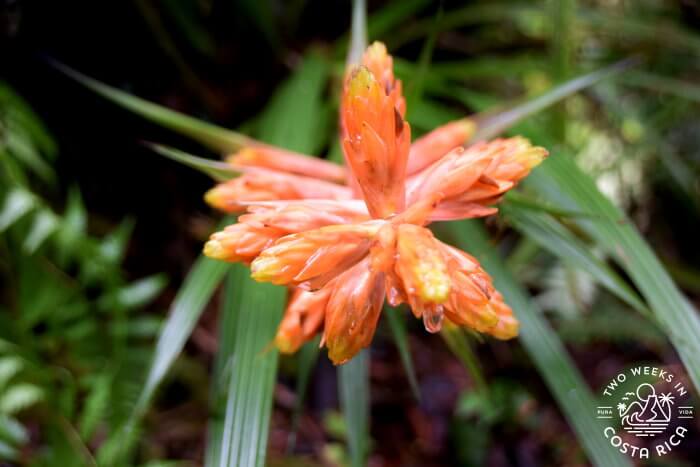
Early Rainy Season – May, June, July
Dry season typically runs from December to the end of April. During these months, much of the country receives little to no rain.
In mid-April, the first rains usually begin along the Pacific coast. It may rain only a handful of times between mid-April and May, but the forest will start to green up again. Many regions of the country will be dry and barren since they haven’t received much, if any, rainfall since December. It can be especially dry in northern Guanacaste.
In early May through June, the weather is still really nice along the Pacific coast. Usually mornings are warm and sunny, with showers in the afternoon or evening as the heat builds. These are typically downpour-type tropical rains or thunderstorms that last an hour or two. However, there can be some days where the sky is overcast or rain is more intermittent.
In late June/early July, Costa Rica typically experiences what’s called a veranillo or mini-summer. The country tends to see less rain during this time and more sun. Keep in mind, though, that this is when Costa Rican schools are out for mid-year break and locals take time off. So beach towns can be busier.
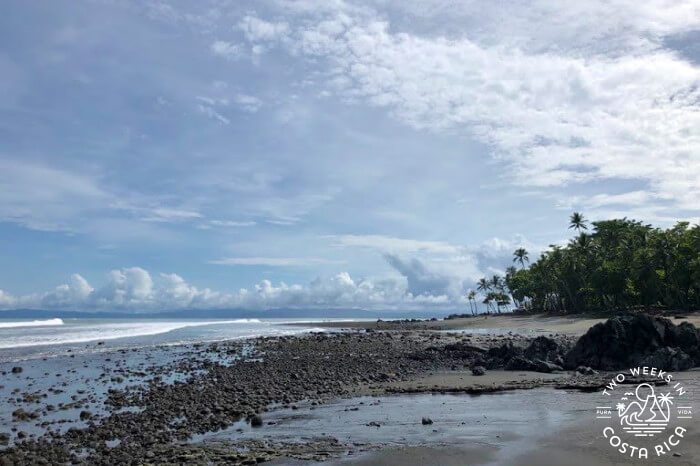
Mid-Rainy Season – August to Mid-September
Early to mid-August usually has fairly good weather along the Pacific coast. Rain may be increasing some, but usually there are parts of the day that are sunny and dry.
Mid-August through mid-September can be more rainy; it depends on the year.
We often travel to Tamarindo and other towns in northern Guanacaste in mid-September, and usually have excellent weather.
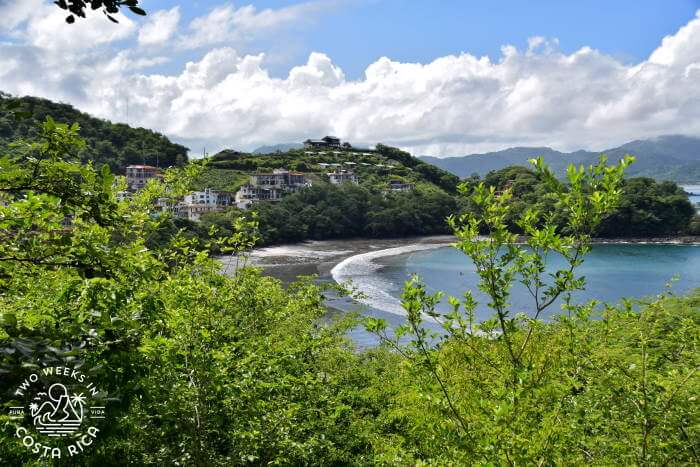
One year when we visited Tamarindo in late August, it was quite rainy. We had a couple of days of sun, and one day out of the four days we were there was sort of a washout.
In the central Pacific, in places like Jaco and Manuel Antonio, the weather is usually fairly good during this time too.
Peak Rainy Season – October to Mid-November
Typically, the rainiest month on the Pacific coast is October. That doesn’t mean it rains all day, every day. There are still nice days with not too much rain, but they are less common.
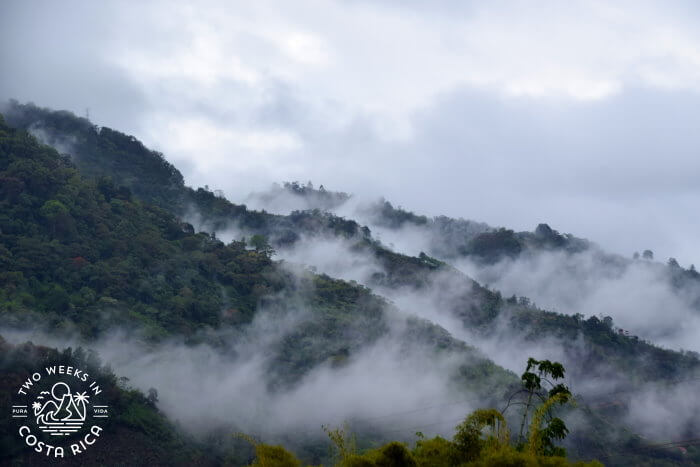
Ondas or tropical waves are common during this time and into November. These are weather systems that bring large amounts of rain and sometimes thunderstorms. They can last anywhere from one to several days.
Hurricanes, although rare, are most common during October into mid-November. Some of the most devastating hurricanes to hit Costa Rica recently have been Eta (October 31-November 14, 2020), Nate (October 4-11, 2017), and Otto (November 17-26, 2016).
We don’t usually recommend October for visiting the Pacific coast since it can be hard to fit in activities with the frequent rains.
Early-to-mid November still can be rainy. It really varies by year. In recent years, we have been having quite a bit of rain in mid-November, at least where we have lived in the central and southern Pacific coast.
Transition Time – Late November to Early December
By late November, the rain tends to taper off along much of the Pacific coast. As we said above, though, we did have a big hurricane in late November recently.
In early December, every year, it is like a switch is flipped and the weather turns from humid and unstable to drier with sunny skies. The exact timing of when this happens varies by region, but generally it is in the first or second week of December. There may be some rain during this time, but it’s usually just a short burst.
Regional Weather
Pacific Coast
The weather varies a lot as you go up and down the Pacific coast.
Looking at a map, the northernmost region, Guanacaste Province, is the driest area. It receives little to no rain during the dry months and often gets its first significant rains of rainy season later in May. The climate is very hot and dry in general. You’ll notice that the forest here is different than in wetter areas. The tropical dry forest is adapted to long stretches without water.
Popular destinations in the Guanacaste region are Tamarindo, Flamingo, Potrero, Playa Hermosa, Playas del Coco, the Papagayo, Nosara, and Samara.
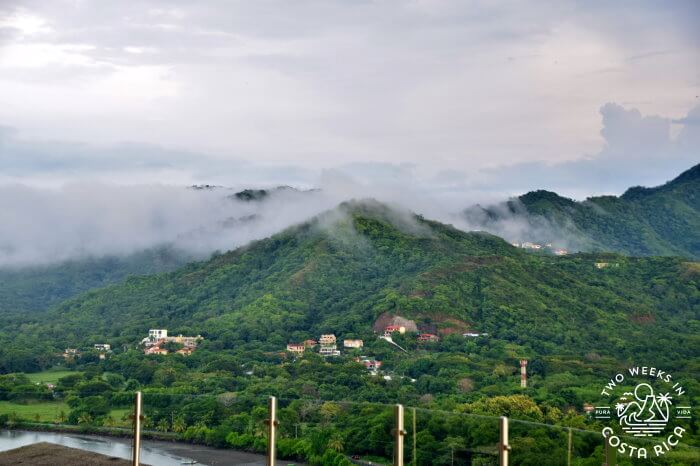
As you go down the Pacific coast, the climate becomes more wet. The Nicoya Peninsula (Montezuma, Santa Teresa) and central Pacific coast (Jaco, Manuel Antonio) receive a little more rain. The forest here is actually a mix of tropical dry forest and tropical rainforest. This makes sense since it is a transition area in terms of climate.
South of Manuel Antonio is the southern Pacific coast. This region gets the most rain and has the longest rainy season. It is still a nice place to visit, though, during non-peak rainy season. We lived in this area for several years and loved the climate. Major towns in this region are Dominical and Uvita as well as Puerto Jimenez and Drake Bay on the Osa Peninsula.
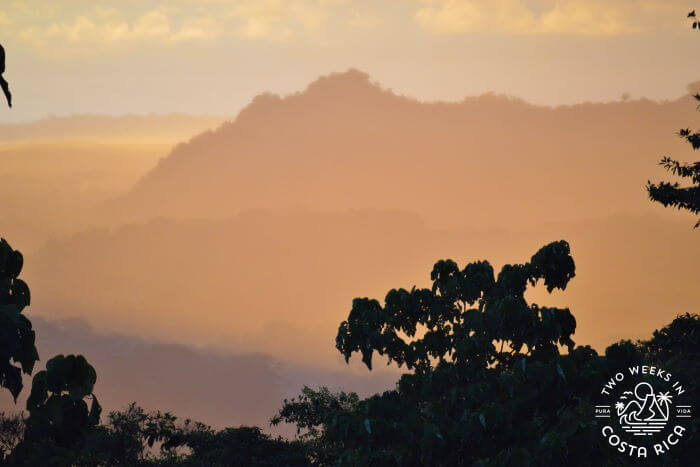
Inland Areas
Generalizing about the weather in inland areas is tough because it varies a lot. The mountainous terrain creates many microclimates, which can cause big differences in rainfall from town to town. We’ll talk about three major inland destinations below.
San Jose in Costa Rica’s Central Valley follows a similar wet and dry pattern as the Pacific coast; however, the rains can be more intense. For example, if early rainy season brings some short downpours to the beach areas, San Jose may get more substantial rains that last several hours.
Monteverde is very high altitude and gets a lot of rain year-round. Dry season or early to mid-rainy season is usually a good time to visit.
La Fortuna/Arenal Volcano has its own unique weather patterns and rain is more frequent. The typical dry season months like December through March can be rainy there. While September and October can be a great time to see the volcano.
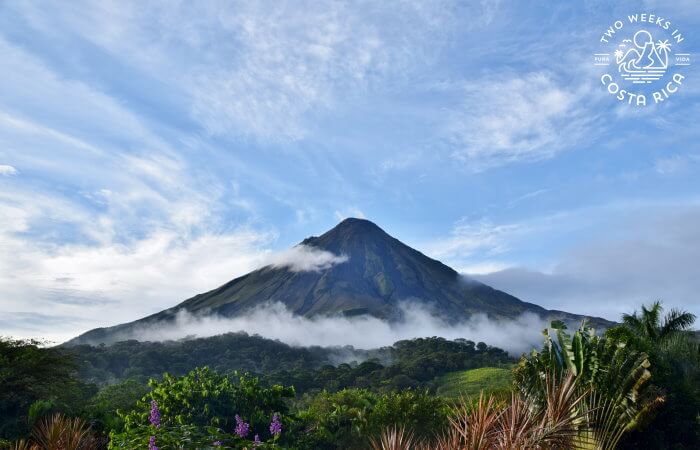
Caribbean Coast
The Caribbean coast (Tortuguero, Cahuita, and Puerto Viejo) has completely different weather from the Pacific slope. There aren’t really any bad times to visit. The Caribbean receives similar amounts of rain by month year-round. Since the rain is spread out, it usually doesn’t feel like it’s rainy all the time at any given point. Unless, of course, there is a tropical storm.
July does tend to receive the most rainfall by number of days and precipitation amount, if you are looking at that month.
September and October receive the least rain by far. This makes it a great time to visit the Caribbean coast. These months are peak rainy season on the Pacific coast, so the timing is perfect.
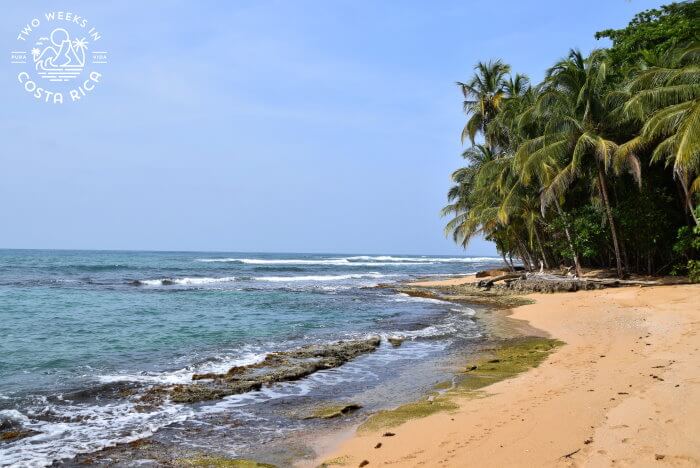
Weather Charts
For more information on Costa Rica’s weather, see our post, Weather in Costa Rica: What You Need to Know.
We give some graphs that show, for each province, precipitation by month and number of days with rainfall. This can help with your planning if you’re trying to decide which month to travel to a certain region.
Conclusion
We hope this post gives you a better idea of what to expect for weather during rainy season in Costa Rica. Rainy season can be a wonderful time to travel. With less visitors, lush forest, and still plenty of sun and blue skies, it offers a lot more than many people realize.
Have a question about visiting during the rainy season in Costa Rica? Ask us below.
Looking for more information to plan your trip to Costa Rica? Check out these posts:
Why You Should Visit Costa Rica in Rainy Season: Learn about attractions and activities that are better with more rain. Also covers some disadvantages of visiting during rainy season.
Packing for Costa Rica: The Essentials – Know what gear and clothing to bring for those wetter months.
Driving in Costa Rica – If you’re thinking of renting a car, check out our article for info on road conditions and what to expect.

